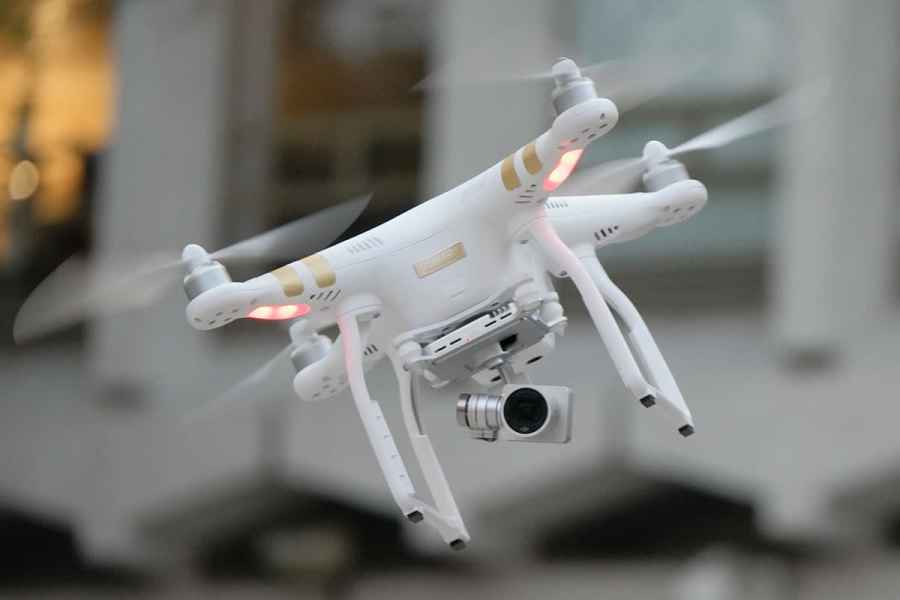According to the Civil Aviation Authority (CAA), the number of approved commercial operators has grown to 549.
This compares to a reported 359 drone operators in October.
Three police forces remain on the list: Sussex, Staffordshire and the Police Service of Northern Ireland (PSNI).
However, it is not clear whether other police forces may also use drones but are not listed on the published CAA database for security reasons.
A CAA spokesman would not be drawn, telling Amateur Photographer (AP) that Sussex, Staffordshire and PSNI were the only ones he could confirm.
In the past, London’s Metropolitan Police has declined to say whether or not it uses drones.
There is no record of the number of amateur drone users, an area expected to grow further as technology improves and prices fall.
PHOTOGRAPHERS AND DRONES – THE RULES
Mounting safety concerns recently prompted a House of Lords committee to call for all drones to be registered on a database.
Committee chairman Baroness O’Cathain said: ‘The growth in civilian drone use has been astonishing and they are taking to the skies faster than anyone could have predicted.
‘We have a huge opportunity to make Europe a world leader in drone technology.
‘But there’s also a risk – public understanding of how to use drones safely may not keep pace with people’s appetite to fly them.’
Last week, drone maker DJI announced a new easier-to-use drone, targeted at amateur photographers.
In an interview with AP, DJI PR manager Michael Perry was asked about drone safety.
He explained that the firm’s latest drones use GPS firmware to prevent a drone from taking off if it is near an airport, for example.
Perry told AP: ‘There are a number of things that DJI is doing proactively to help raise the awareness of what’s legal, safe and responsible flying behaviours.
‘One of the key things is that we have built in no-fly zones into the [GPS] firmware of the platform.
‘Using the no-fly zones you’ll know, automatically, when you are close to an airport and you will not be able to take off within a certain distance of the airport… You’ll also be height restricted…
‘We feel that a lot of first-time pilots might not necessarily know that their flight may interfere with manned [air] traffic.’
https://youtu.be/NAZ37ZSlASw
Perry added: ‘The other thing we are doing is we’re working with regulators like the CAA [Civil Aviation Authority], which have to establish clear, very specific rules [and we] put pamphlets explaining the rules in the box of every Phantom sold and send these out through our dealership network.
‘We feel that before people fly, they’ll have a lot more information about what those regulations are.
‘We have also recently announced the flysafe.dji.com section of our website, which very clearly explains some of the best international safe-flying practices. ‘For example, don’t fly at night, don’t fly beyond visual line of sight unless you have very specific permission…’
PHANTOM 3 DRONE SETS SIGHTS ON AMATEUR PHOTOGRAPHERS (interview with DJI)
[brightcove videoID= 4162555054001 playerID=940176129001 height=400 width=630]








